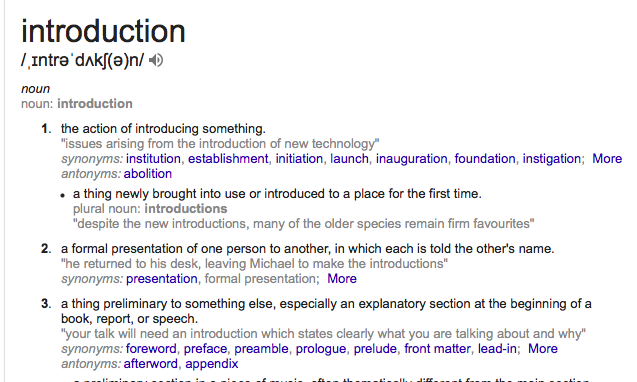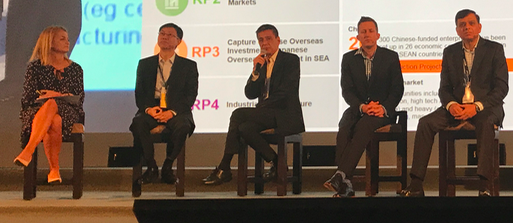
Today I had the pleasure of having fellow professional speaker Gabor George Burt over to my house which inspired me to write a blog post about collaboration.
I first met Gabor when we shared the stage at a huge conference in Ukraine where we spoke for 5000+ business people. We kept in contact and when he visited Singapore today we met up.
One of the things we discussed was a conference in Dubai that he is organising and where he has proposed me as one of the keynote speakers.
During our talk Gabor shared a few ways he collaborates with other speakers.
Designing as well as keynoting events. (Like the upcoming event in Dubai that he is designing and which he invited me to speak at.
Collaborative client engagements. (Where he partners with other speakers/thought-leaders to co-facilitate leadership workshops for clients, thereby providing them with a valuable combination of know-how. He does this, for example, with Ken Schmidt, global speaker and former Harley-Davidson executive)
Joint articles. (For example his current collaboration with Jamie Anderson on co-authoring articles about the role of humor in leadership)And so on.
All the examples above that he told me about inspired me to want to collaborate even more with other speakers. But it was a story he told me around a small change he initiated at one conference he spoke at that really got my attention.
He told me how he had been one of the speakers at the World Marketing Forum and how the organizers had arranged separate evening programs for all the speakers, even though they were all staying at the same hotel.
When Gabor realized this, he suggested to the organizers: “Why don’t we all have dinner together, so we can get to know each other and share stories?”
So they did. And of course they all really enjoyed it.
As Gabor said: “In our job we have the advantage of sharing the stage with some fascinating people – we should use that. Use that be inspired to learn new things, to hear new stories, to be more stimulated.”
And it’s so true.
Many event organisers seems to think that speakers are like bulls and that you can not put two speakers to close to each other or the speaker egos will clash. (And yes, the speaker industry has some mega egos) But most speakers are genuinely curious and want to learn, so by putting the speakers together you actually help inspire both speakers.
Putting a bunch of speakers in the same care is just a small, symbolic example of collaboration, but it shows how a mindset of learning from each other and looking at other speakers as colleagues – not competitors – works to your advantage.
Speakers might often be lone wolfs, but we can all still benefit from hunting in a pack …


